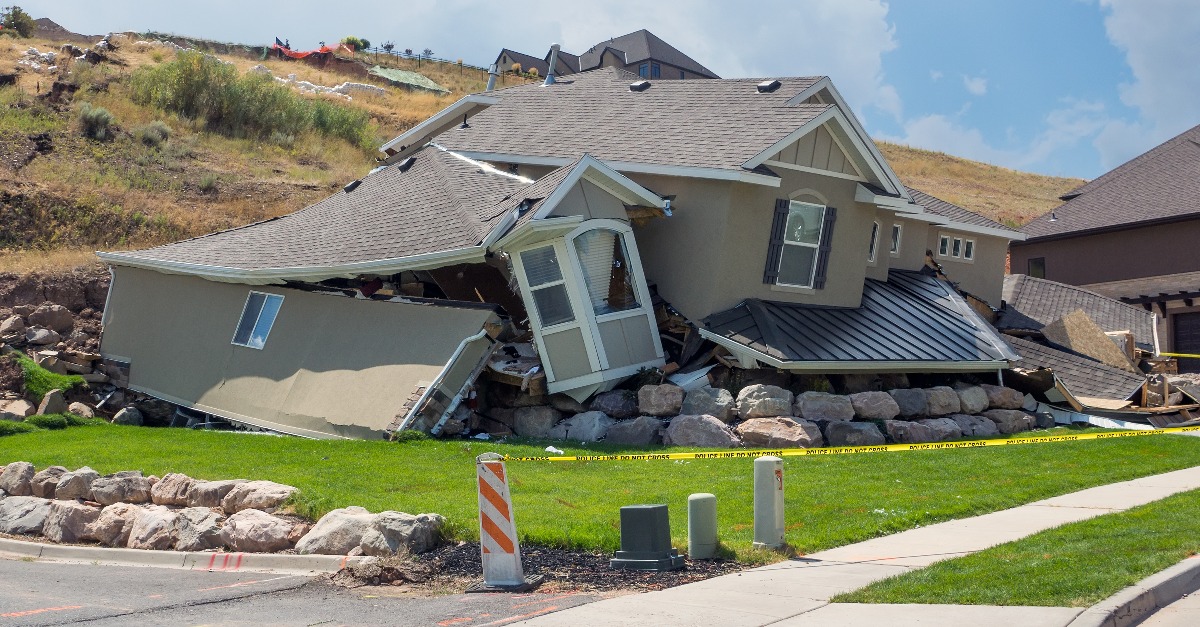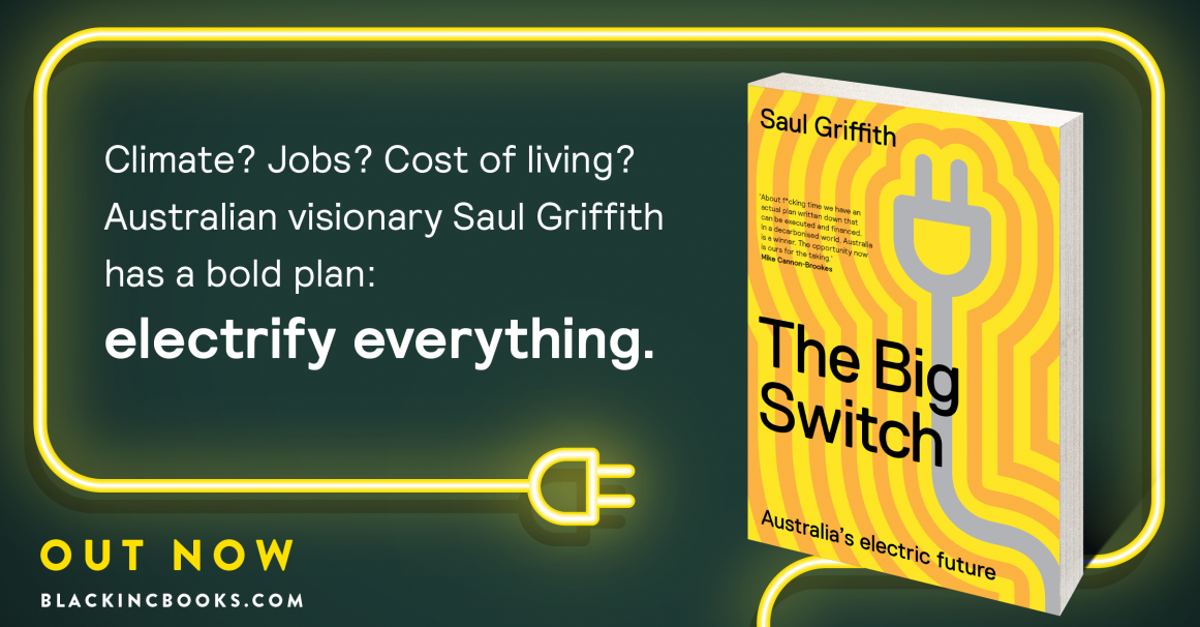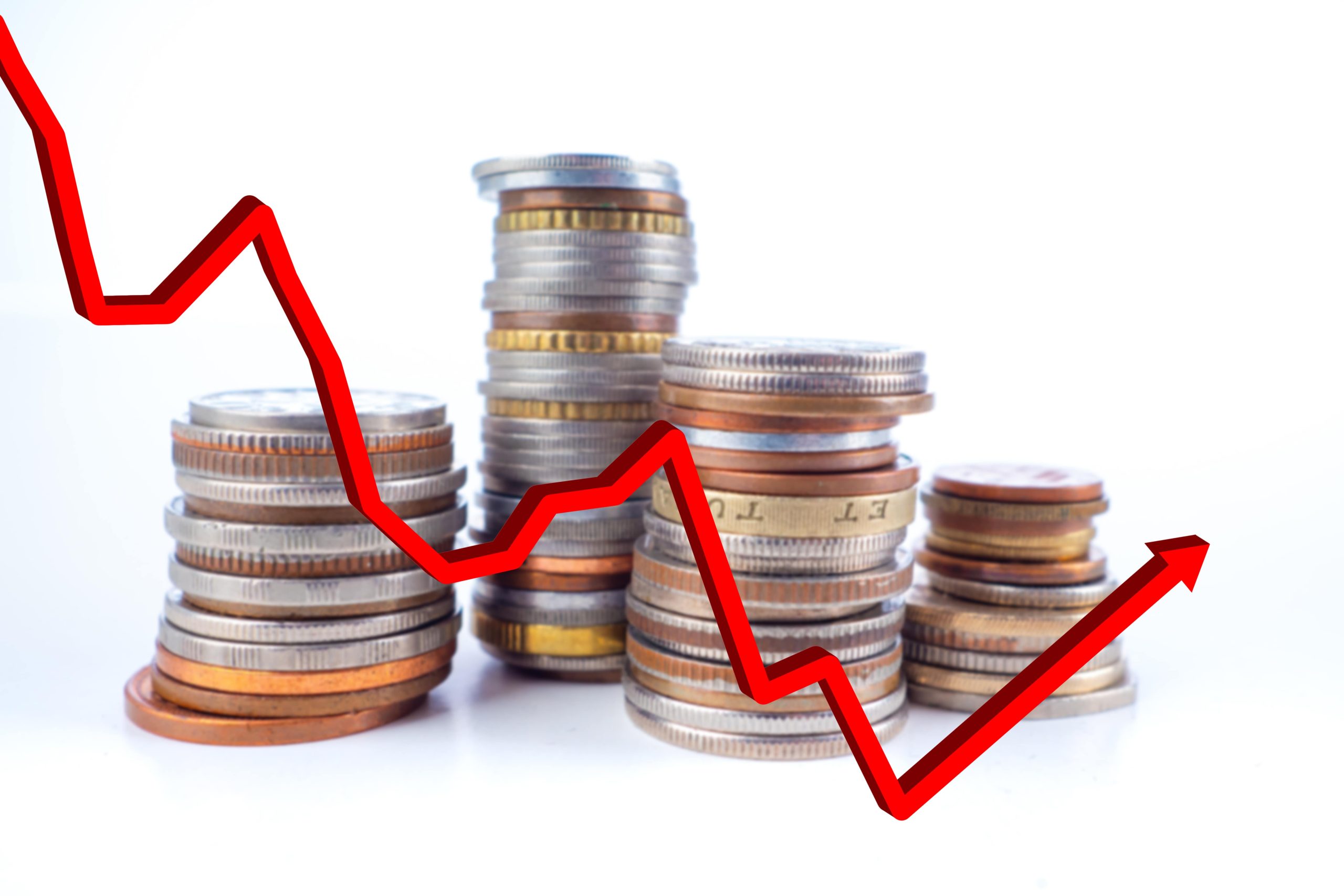Sydney Property Outlook 2010-11
WBP Property Group, the national valuation and property services firm, this morning held its fourth annual Sydney Property Outlook breakfast. Located at the Hilton Sydney and hosted by WBP CEO and experienced property valuer Greville Pabst the event gave host to the opinions of prominent property and economic professionals who were in strong agreement about the future of the Sydney residential property market.
Speaker Justin Smirk, Chief economist for St George Bank, asserted that demand for property in Sydney has become fundamentally driven by affordability. “Affordability is stressed and when highly stressed property owners take a hit, it can hurt,” commented Smirk, adding that, “Prices in Sydney can increase in suburbs quicker than expected due to factors such as migration and an influx of high income purchasers”, adding further pressure to affordability.
But while housing affordability in Sydney nears levels seen in 2007, experienced mortgage and lending industry veteran ‘Aussie’ John Symond believes that the underlying fundamentals remain well placed to maintain Sydney’s strong position. Symond stated, “We aren’t going to see a crash and there is no bubble, however, property prices cannot sustain the levels of growth seen in the likes of Melbourne and Sydney in recent times. But fundamentally, conditions are pretty healthy and we won’t see prices fall away.”
Symond raised some concern about confidence as we head into a Federal election. “We are running into this election with a great deal of scare mongering. We will be flooded with bad news that will affect confidence and if history proves correct we will witness a reduction in housing activity in the next six to twelve months.” Symond went further to address rising interest rates, stating that in his opinion, the RBA has gone ‘too far, too fast’. “Interest rates are biting. Each quarter percent rise hurts consumers,” highlighted Symond.
Questioned regarding his thoughts on how to address affordability in Sydney, Symond commented that governments at all levels need to approve more land for development in fringe areas and avoid slugging struggling first home owners with fees that are seeing many new buyers borrow up to half a million dollars for their first home.
WBP Sydney residential property valuer Chris Lackey confirmed the strength of the residential market, which demonstrated strong growth across the board in the last 12 months. “The Sydney market has seen growth in excess of 14% since the beginning of 2009. Commencing initially at the bottom end of the market, the trend in rising values led to a recovery in the city’s prestige markets despite reduced activity levels resulting from cautious buyer sentiment.”
Lackey also highlighted the issue of housing affordability, demonstrating that it was virtually impossible to purchase a house for under $600,000 in Sydney. “Policy changes by the New South Wales Government abolishing stamp duty for new homes up to $600,000, announced as part of the new NSW Budget, will do little to relieve the affordability crisis. Deteriorating consumer confidence resulting from growing unaffordability together with tighter lending conditions will bear increasing influence on lower-end buyers as they struggle to enter the market,” added Lackey.









